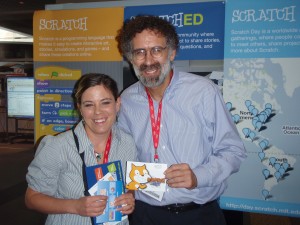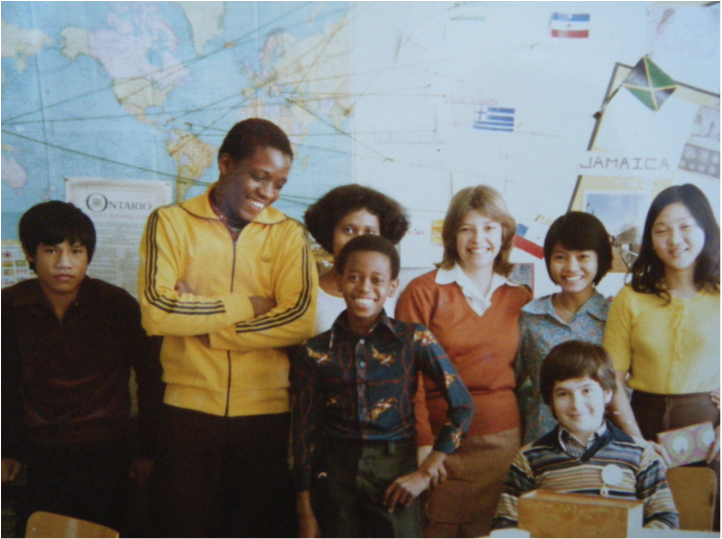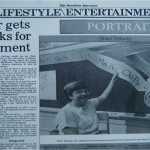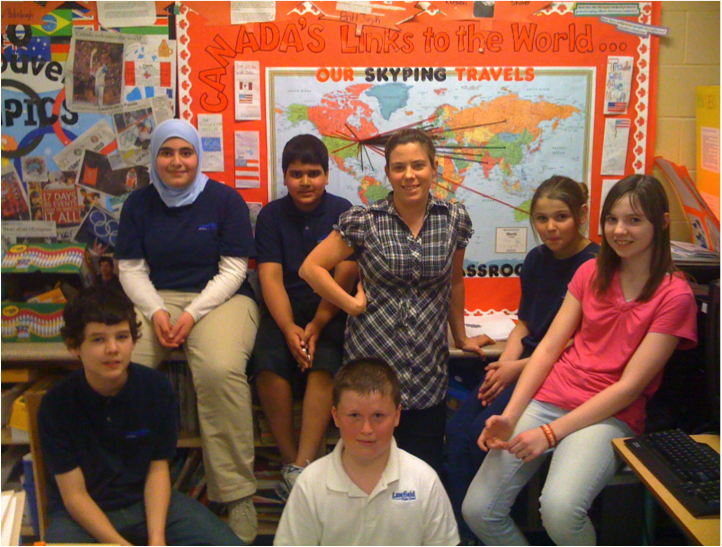Minecraft and Fractals
By: Zoe Branigan-Pipe and Beth Carey
 We are all familiar with Math Manipulatives and the power of hands-on learning. Minecraft allows students to explore, create, design and problem solve in many dynamic ways. Here is one example of using Big Ideas and Concepts in Math. These concepts, once understood, force learners to use practical math skills in an authentic way.
We are all familiar with Math Manipulatives and the power of hands-on learning. Minecraft allows students to explore, create, design and problem solve in many dynamic ways. Here is one example of using Big Ideas and Concepts in Math. These concepts, once understood, force learners to use practical math skills in an authentic way.
“Today I learned about fractals the mathematics of nature introduced by Benoct Mandelbrot. Fractals are a repeating pattern in all directions with any shape. Inspired by Ancient Egyptian architecture this fractal is made entirely of gold blocks and glass. Although it is impractical it just shows what minecraft can really do”. -Gwen, Gr. 5 Student
Big Ideas: How does the concepts of fractal geometry link to the elements of design, engineering, and invention of the past and present and guide future decisions?
Overview: Grade Five Gifted students explore the connections and implications that nature has had on Math, Science, Art and Engineering. Using Minecraft as a creative and collaborative tool, students extend their learning of daVinci to explore and create fractals.

Who has heard of Fractals? Can someone give an easy definition? What are other things that we know of in nature that are fractals? How have fratals impacted our world? How does understanding the science of Fractals help scientist learn about Co2 levels on the planet as a whole? Where else could this idea be used to help the world? What surprised you about Fractals?
Activity Summary:
1) Background Information: Introduce and discuss the concepts relating to Fractals focusing on the principles of S.T.E.M.
2) Knowledge/Understanding: Show and discuss parts of video: Fractals The Hidden Dimension HD 1080p / Nova Youtube:http://youtu.be/lmxJ1KDR_s0
3) Communication/Thinking: Discuss, identify and list the many math concepts discussed in the video (Geometry, Symmetry, Patterning/Algebra, Problem Solving, Number Sense).
3) Communication/Thinking:Provide examples of assortment of Images that relate to Fractals.
4) Practise: Allow students, individually and/or in partners to draw and design their Fractals on paper
5) Application/Practise: Use FLAT world on Minecraft or Minecraftedu. Have students create their Fractal design in 3D dimension
6) Thinking/Communication: Allow students time to discuss, write and describe their Fractal on Collaborative document.
7) Consolidation/Sharing: Have students take SCREENSHOTS (F2) and copy/paste their screenshots into collaborative document/virtual bulletin board for sharing.


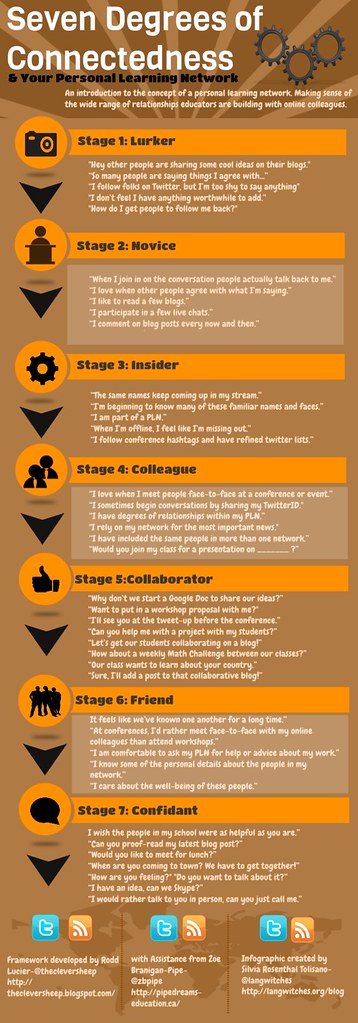
 About a year and a half ago I had the opportunity to listen and watch as Mitchel Resnick, creator of Scratch, demonstrated how this free, open-source programming language software engaged students around the world. I was so intrigued with the program because it was so different and so far removed from the Atari games I played as a child. And so, I began experimenting with its possibilities both at home and in the classroom. My students used the programming language with ease (admittedly, I had much more difficulty then them and didn’t explain it well) but they used software tools to create digital storyboards about the Olympics, as culminating activities in our Space unit, to tell stories about Early Explorers or they simply used the programming language to create and share games (for fun). At home, to my utter delight, both my kids (7 and 9 years old) quickly replaced their usual sites –
About a year and a half ago I had the opportunity to listen and watch as Mitchel Resnick, creator of Scratch, demonstrated how this free, open-source programming language software engaged students around the world. I was so intrigued with the program because it was so different and so far removed from the Atari games I played as a child. And so, I began experimenting with its possibilities both at home and in the classroom. My students used the programming language with ease (admittedly, I had much more difficulty then them and didn’t explain it well) but they used software tools to create digital storyboards about the Olympics, as culminating activities in our Space unit, to tell stories about Early Explorers or they simply used the programming language to create and share games (for fun). At home, to my utter delight, both my kids (7 and 9 years old) quickly replaced their usual sites – 